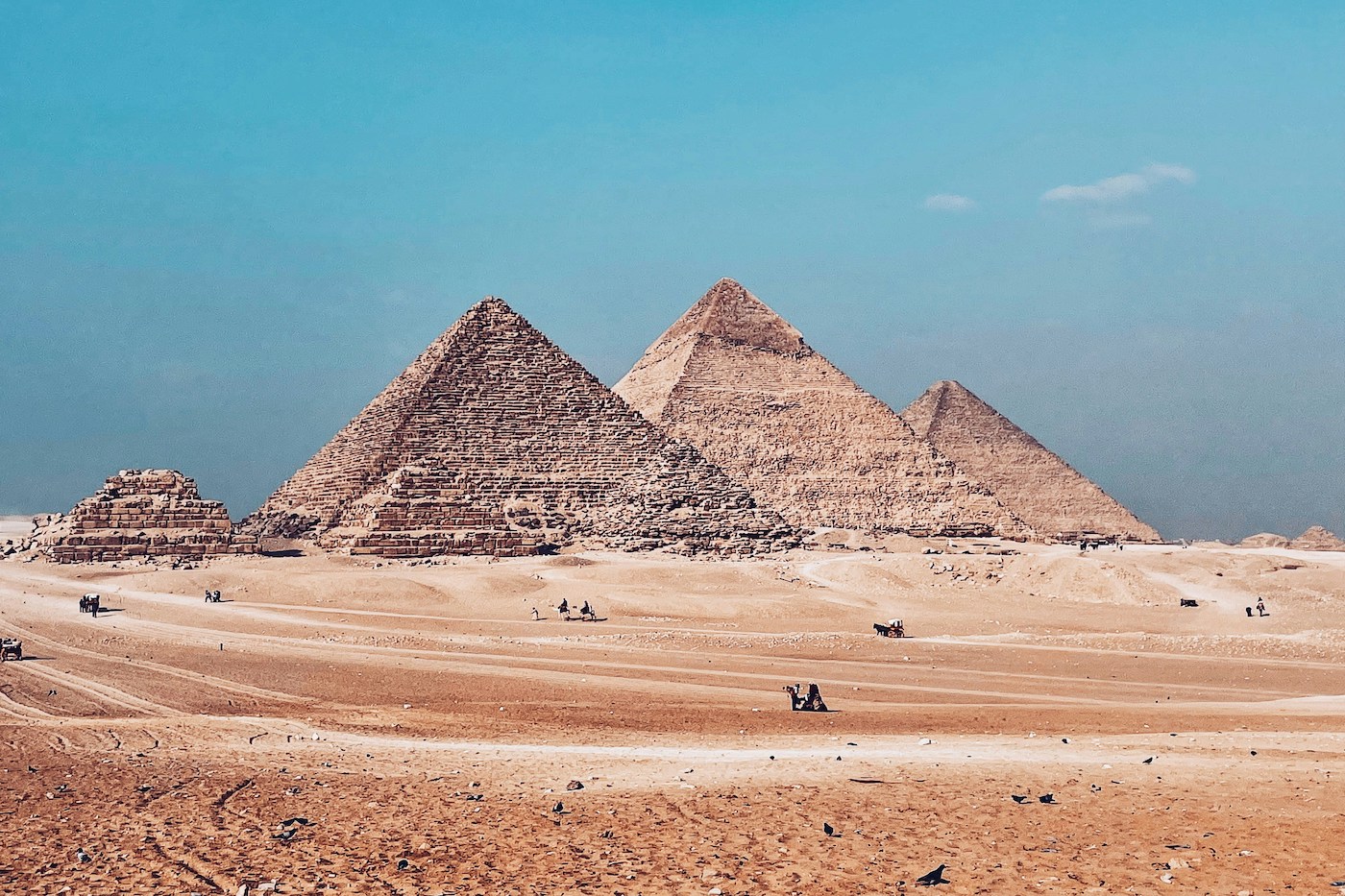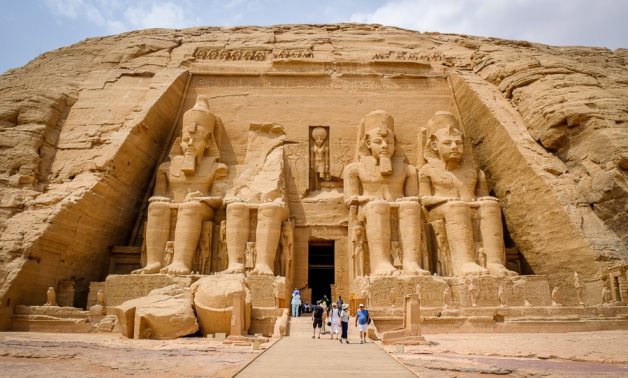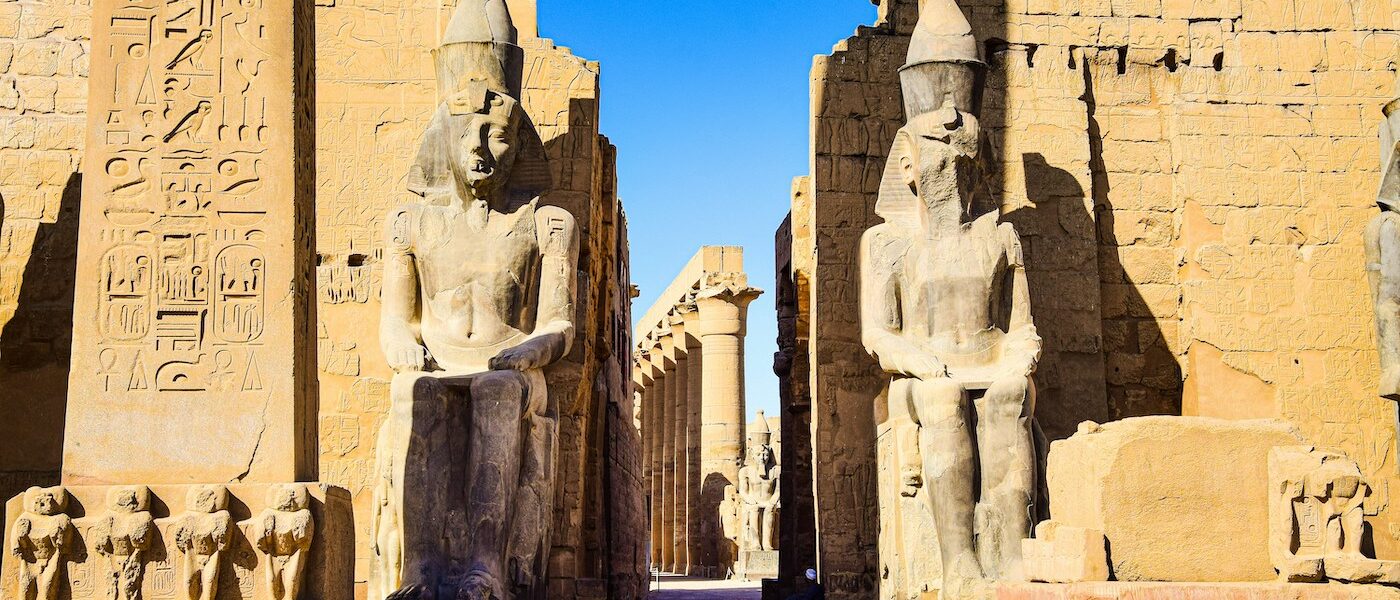Cairo, Africa’s largest city, is located on the banks of the Nile River, 160 kilometers (100 miles) from the Mediterranean Sea and 135 kilometers (80 miles) west of the Red Sea.
A Thousand-Year History
Cairo is steeped in a millennia-old history. Once a British colonial enclave, the city transformed from the capital of Egypt’s great dynasties in the Middle Ages into a modern, industrialized metropolis. Today, it is a bustling and dynamic national capital, boasting one of the highest population densities in the world. Despite the social and environmental challenges of overpopulation, Cairo dominates Egypt politically, economically, and culturally and remains a prime tourist destination, despite terrorist activities by Islamic extremists seeking to destabilize the country’s government.
The City’s Attractions
Cairo is a multifaceted city offering a multitude of attractions to visitors. Among the most iconic sites are the Pyramids of Giza and the Egyptian Museum. Considered one of the Seven Wonders of the Ancient World, the Pyramids of Giza fascinate travelers from around the world. These majestic structures, built over 4,500 years ago, are an impressive testament to the grandeur of ancient Egypt. The Egyptian Museum, meanwhile, houses a vast collection of ancient Egyptian artifacts and treasures, including the famous funerary mask of Tutankhamun.
A Well-Developed Transport Network
Cairo boasts a well-developed transportation network, making travel within the city and to other parts of Egypt easy. The city is connected by highway to all major cities in the country. The Desert Highway connects Cairo to Alexandria, while major roads connect Cairo to Ismailia and Luxor. Additionally, the Red Sea Highway, completed in the early 1990s, provides quick access to this popular diving region. Cairo is also well-connected by rail to all parts of the Nile Valley. Air-conditioned express trains, such as the Turbino, provide non-stop travel between Cairo and Alexandria.
Cairo: A City of Contrasts
Greater Cairo stretches along both banks of the Nile, which flows through the city from north to south. The Giza, Aguza, and Mohandisin neighborhoods are on the west bank, while the Gazirah and Geziret Al-Rawdah districts are located on islands in the middle of the river. The major urban center is on the east bank, surrounded by several suburbs. The streets and avenues of downtown Cairo are arranged around a series of roundabouts such as the Maydan Talaat Harb, the Maydan Orabi, the Maydan Mustafa Kamel, and, in the heart of the city, the Maydan Tahrir.
An Exceptional Cultural Heritage
Cairo is brimming with a rich cultural heritage reflected in its architecture, cuisine, crafts, and traditions. The mosques, palaces, and bustling markets of the Old City, such as Khan el-Khalili, transport visitors to a bygone era. The city’s vibrant atmosphere, with its bustling streets, traditional cafes, and music and dance performances, offers an authentic experience for travelers seeking adventure and discovery.
Cairo: A Gateway to Egypt
Cairo International Airport is a major hub between Europe, Asia, and Africa, offering regular flights from most major airlines. EgyptAir offers both domestic flights to Luxor, Aswan, and Hurghada, as well as international flights. This makes it a convenient gateway for travelers from around the world wishing to explore the wonders of ancient Egypt.
Cairo, with its fascinating history, iconic monuments, and rich culture, is a must-see destination for travelers seeking discovery. Despite the challenges the city faces, it continues to shine as Egypt’s vibrant capital, captivating visitors from around the world. Whether you’re passionate about history, art, cuisine, or adventure, Cairo offers a unique and memorable experience. So get ready to explore this extraordinary metropolis and be captivated by its captivating charm.







